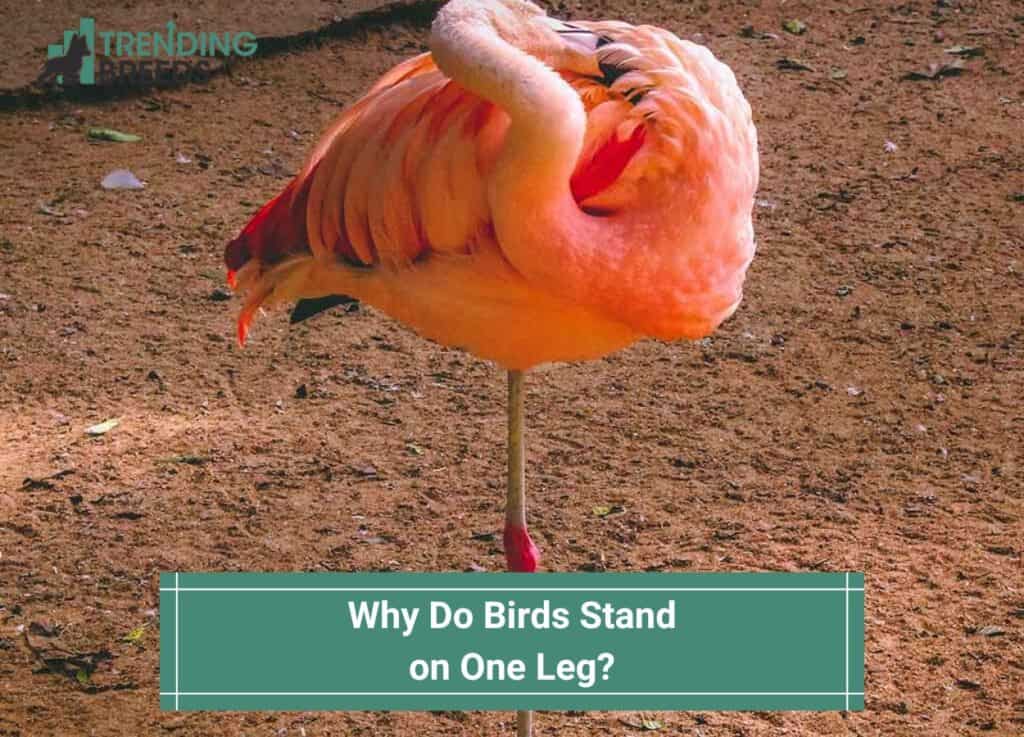
Birds engage in many amusing behaviors, so many people enjoy birdwatching. This behavior also includes standing on one leg. But why do birds stand on one leg?
Birds stand on one leg for a variety of reasons. The bird may be feeling cold and trying to keep itself warm by maintaining its temperature.
They could also be trying to appear less threatening to potential prey. Finally, the bird may also be injured on the other leg.
Keep reading below for more information.
Before you scroll further down this guide, check out these other bird-related articles: Why Do Birds Dance to Music? and Why Do Birds Kiss?.
When Do Birds Stand on One Leg?
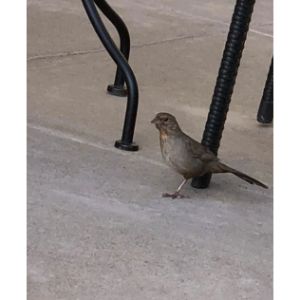
When temperatures dip, it’s not uncommon to see birds standing on one leg to keep warm.
According to research, birds tend to favor standing on one leg when the temperature is lower, but they switch to standing on two legs when the temperature is higher.
Birds that spend most of their time on land are more likely to be spotted standing on two legs than water birds, with eighty percent of water birds being observed standing on only one leg instead of two.
The rate at which one loses body heat in the water is higher than the rate at which it occurs in the air alone. The surface area of a bird’s body exposed to water while it stands on two legs is twice as large as the surface area from which it can lose heat in the air alone.
Therefore, standing on one leg can keep their core temperature stable because less heat will be lost.
It is common for wading birds and long-legged waterfowl to stand on one leg as they get ready to hunt or plunge into the water for prey.
Some birds can catch their meal while standing on one leg because the water makes the other leg look like the stem of a reed or branch. It’s likely that having two “stems” that run parallel would give the bird’s presence away.
Sometimes birds will stand on one leg because they have hurt the other and find it more pleasant to rest the damaged limb while standing on the good leg.
How Do Birds Balance Themselves on One Leg?
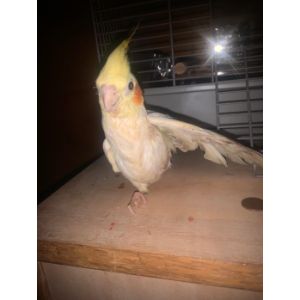
Birds that need to stand on one leg for extended periods, like waterfowl and wading birds, have developed long, strong legs. This position may provide more support and mobility than standing on two feet.
They can swivel and pivot more easily when standing on one leg (unipedal) rather than two.
When you tuck in one leg, you automatically correct the position of the other one.
The bird’s weight causes the joints in its leg to lock into place via an arrangement of muscles and ligaments so that it cannot flex until the other leg is fully “untucked.”
This guarantees that the pose will be kept with no risk of the bird falling over.
Pet budgerigars are a good example of a kind of perching bird that is known to roost overnight on one leg.
They sleep with one leg tucked into the feathers at the base of their bellies, with their heads nestled into the ruff of their wings. How do they stay in place after they’ve gone to sleep?
Birds perched on branches utilize their body weight to tighten a tendon in their heels, which in turn causes their toes to establish a strong grip.
There is no danger of the bird unintentionally tumbling off the perch because the grasp locks into place as long as the bird’s weight is applied to the heel.
Birds that Stand on One Leg
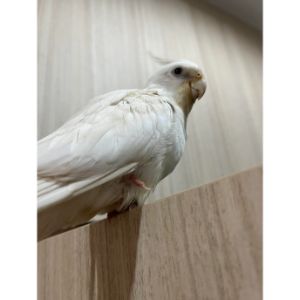
Following are some birds that commonly stand on one leg.
Flamingo
This huge wading bird belongs to the family Phoenicopteridae and is commonly referred to by its other common name, “Caribbean flamingo.”
The Greater Flamingo and the Chilean Flamingo are its closest relatives, although scientists now recognize them as separate species.
Although it can also be found in the Caribbean, South America, and the Galapagos Islands.
This flamingo is the only species of its kind that is native to North America. Lagoons, mudflats, lakes, and shallow coastal areas are all suitable habitats for the American flamingo.
Their typical length and weight ranges are 47–57 inches and 4.9–6.2 pounds, respectively. Like other flamingos, their pinkish-red plumage comes from the shrimp and other crustaceans that make up most of their food.
Flamingos are probably the most well-known example of a bird that stands on one leg. It is common to see American flamingos standing on one leg during the colder months.
Green Blue Heron
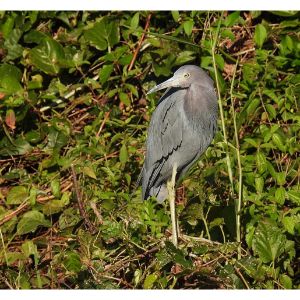
The great blue heron, or Ardeidae, is a big wading bird. Wetlands and coastal areas are ideal habitats since they provide water and food.
The northern United States and southern Canada are the nesting areas for great blue herons, whereas Mexico, Central America, and the Caribbean are their wintering grounds.
However, you can see them year-round in more temperate areas in the United States.
The great blue heron’s massive size and unique color give it its name. They can range from 36 to 54 inches and from 4 to 7.9 pounds.
Their upper parts are primarily blue-gray, while the front of their bodies is streaked with grey and white, their thighs are a ruddy brown, and their heads and necks are marked black.
Fish make up the bulk of their diet, although they will also consume small animals, amphibians, and reptiles like snakes if they can. Standing on one leg is a common hunting strategy to appear less threatening to potential prey.
Red-Tailed Hawk
Another example of a one-legged bird is the red-tailed hawk. The red-tailed hawk belongs to the Accipitridae family, which also includes eagles and harriers and can also be referred to as the chickenhawk.
The red-tailed hawk ranks as one of North America’s most prevalent raptor species.
They’re a big species, 18 to 26 inches long, and with a wing span of 3 to 4 feet, 7 inches. The rufous tail gives this bird its common name, but the rest of its appearance varies per subspecies.
Their nutrition shifts and changes as they adapt to new environments. However, they will consume other animals like mice, flies, birds, frogs, and snakes.
The red-tailed hawk is a common sight in the wild and can often be seen resting on one leg.
Budgerigar

The budgerigar is a small parrot belonging to the Psittacidae family. It is occasionally referred to as the common parakeet or just parakeet. It’s the only captive Melopsittacus, and it’s among the more popular pets.
Australian budgerigars (also known as “budgies”) are native to various habitats, including wooded areas, open grasslands, and arid regions. Florida and Puerto Rico also have a small number of wild populations.
They’re around 7 inches in length and 12 inches across the wings. In addition to their yellow beaks and cheeks, budgies also have black and yellow feathers on their wings.
In captivity, however, they come in a wide variety of colors, including red, blue, yellow, and even grey.
In addition to seeds, their diet also includes fruits, berries, and vegetables. When perched on a branch, Budgie owners frequently witness their feathered companions dozing off.
Canadian Goose
The Canada goose is a well-known representative of the Anatidae family. These wild waterfowl, once restricted to Canada and the northern United States, are now thriving in their new environments.
They are widely dispersed across Eurasia, Oceania, and Asia, including North and South America.
Canadian geese aren’t just found in and around marshes and meadows; they’ve also transitioned to city life.
Their typical length is between 30 and 43 inches, and their usual wing spread is between 50 and 73 inches.
The top of their heads and necks are black, while the chin and undersides are white, and the rest of their bodies are a unique brown.
Canada geese consume primarily plant-based foods but will also eat insects and crustaceans. When they aren’t standing on one leg asking for food, you can usually see these birds lounging by a pond.
White Stork
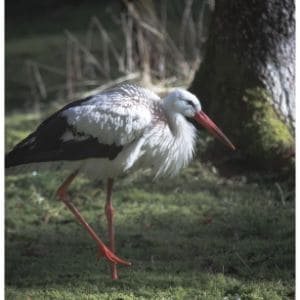
The white stork is related to the other storks in the Ciconiidae family. Its name comes from the fact that its plumage is predominately white, although the tips of its wings and tail seem to be black.
Their geographic distribution spans the southern hemisphere, including Africa, Europe, southwest Asia, and the Indian peninsula.
They rarely travel over water because they use air thermals for long-distance flights. White storks prefer open, grassy regions to forested ones, but they can be found in both!
Because of their social temperament, white storks congregate in large winter colonies and smaller groups throughout the breeding season. They eat everything from fish and amphibians to small animals, birds, and reptiles.
White storks have an average length of 39 to 45 inches and a wingspan of 61 to 85 inches.
These birds can balance on one leg due to the absence of feathers on their long, orange-colored legs. You can frequently spot them balancing themselves in a field.
Frequently Asked Questions
Do Canadian geese remember you?
Canadian geese remember scent and type of animal. They may not remember you personally.
Why do birds sleep with head tucked backwards?
This position uses less energy.
How long do birds sleep at night?
Birds that are active during the day will sleep for 10-12 hours at night.
Why Do Birds Stand on One Leg?
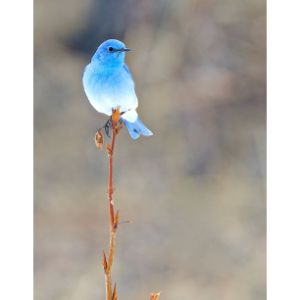
You can now enjoy your hobby of birdwatching while staying informed about this behavior. Call the Wildlife Services in your area if you suspect a bird is injured.
If you find this guide, “Why Do Birds Stand on One Leg,” informative and helpful, you can check out these other animal-related articles from our team:
- Why Does My Cat Have a Swollen Lip?
- Why Do Dogs Sleep With Their Bum Facing You?
- Why Do Monkeys Have Red Bottoms?
You can learn more about this topic by watching “Why Does My Bird Stand on One Leg?🤓” down below:




